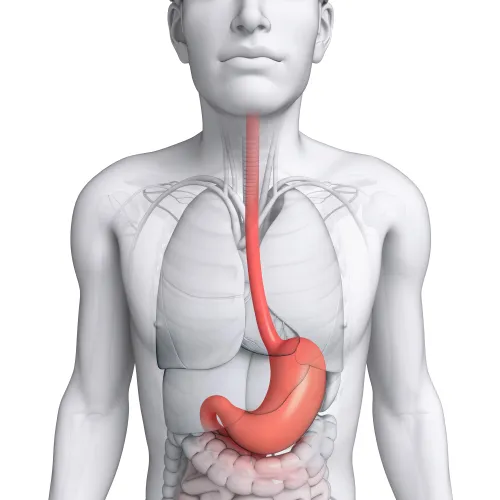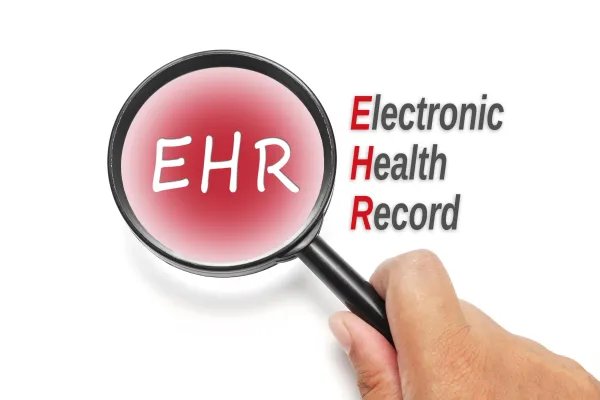Oncology & Hematology Coding Alert
Part 2: These 3 Additional Cavity Chemotherapy Tips Highlight Supplies, Setting, and Time
Heads up: You can bill for saline in this circumstance. Cavity chemotherapy can confuse even the most seasoned coders, which is why you need to clarify all the pertinent concepts, which includes supplies, the facility setting, and how time won’t really translate into your coding. Keep these tips close by, and you’ll be submitting picture perfect claims. Remember: Last month, you learned about determining the route and whether you can report the access to the cavity — which you shouldn’t — for cavity chemotherapy coding, in the Oncology Coding Alert volume 23 number 3 article entitled, “Part 1: 2 Tips Will Help You Clean Up Your Cavity Chemo Therapy.” 1. Check Payer Preferences for Supplies For any of the other commercial payers, it is good to check for the payer’s policy(ies) pertaining to supplies. Your payer may require you report the specific supplies used on the claim. “If your payers accepts reporting supplies, report code 99070 (Supplies and materials [except spectacles], provided by the physician or other qualified health care professional over and above those usually included with the office visit or other services rendered [list drugs, trays, supplies, or materials provided]) unless a more specific code exists that more accurately describes the item used,” says Kelly C. Loya, CPC-I, CHC, CPhT, CRMA, Associate Partner of Pinnacle Enterprise Risk Consulting Services, LLC (“PERCS”), an affiliate of Pinnacle Healthcare Consulting, CO. Medicare does not make a separate payment for disposable supplies used in the cavity chemotherapy procedures because it considers supply costs covered under chemotherapy administration codes 96401-96549. Check if you can bill for saline: During any of the cavity chemotherapy procedures, your physician may use saline for flushing the access to the cavity or mixing the drugs while administering the chemotherapy into the cavity. In this case, physician offices count saline as a supply and is not separately reported. However, if you read that your physician used the saline to hydrate the patient, the saline could be reimbursed by both Medicare and other commercial payers. Submit codes J7030 (Infusion, normal saline solution, 1000 cc) - J7050 (Infusion, normal saline solution, 250 cc). “Select from these codes depending upon the specific size of saline used,” Loya says. Reporting supplies on a facility claim (UB-04) is typically included, but the payment structure for the procedure will not result in payment for this type of supply since it is bundled into the APC payment. These bundled supplies are identified with a status indicator of “N.” 2. You Can Bill for Facility Setting Cavity chemotherapy differs from parenterally administered infusions. Unlike other infusion codes, you can report intracavity chemotherapy codes 96440 and 96446 when your physician performs the service in a hospital. Per CPT® guidelines, “Codes 96360-96379, 96401, 96402, 96409-96425, 96521-96523 are not intended to be reported by the physician in the facility setting.” 96440 and 96446 are not part of facility setting guidelines: You can see that the intracavity chemotherapy codes 96440 and 96446, are not included in this CPT® guideline. The guideline applies to other infusions which are provided by nursing staff. Hospitals claim the reimbursement for these services. In the case of cavity chemotherapy, physicians would submit codes 96440 and 96446. Under OPPS, these codes are also reported, but there is a physician component that is also reimbursed since the skill of a physician is required to administer them. Say No to E/M codes: You would not separately report an E/M service routinely with cavity chemotherapy codes. For example, if the patient is just in the office for a bladder chemo instillation, you’ll only report 51720. But if your physician documents a separately identifiable E/M service, you should report the appropriate-level E/M code, such as 99213 (Office or other outpatient visit for the E/M of an established patient ...) and append modifier 25 (Significant, separately identifiable E/M service by the same physician or other qualified health care professional on the same day of the procedure or other service) to show that the office visit was supported as a separate service over and above the pre- and post- operative work for the procedure itself if the visit additionally reported was a medical necessity over and beyond the typical assessment and post-procedure work associated with the procedure. 3. Time Is Irrelevant in Cavity Chemotherapy Like IV chemotherapy, cavity chemotherapy may span over a few hours. However, unlike the IV chemotherapy codes, time required for administration is not important. “You will note there is no identification of a time increment or requirement to determine the number of units of the procedure within the definition of these codes,” says Loya. “Therefore, the codes for cavity chemotherapy are not based on the time required to administer it.” Example: You may read that your oncologist administered intraperitoneal chemotherapy (single chemotherapy drug) over the course of three hours. In this case, you should report one unit of the administration code, 96446. Caution: If you report one unit per hour for 96446 for a total of 3 units, you are not correct. CMS has a Medically Unlikely Edit (MUE) of 1 for both 96440 and 96446, meaning that if you report more than one unit of either code, Medicare will deny the line item.

Related Articles
Oncology & Hematology Coding Alert
- HCPCS Level II:
Are You Using the Latest Drug Supply and “G” Codes in Your Oncology Practice? Find Out
Check your private payers to see if they, too, are using quality measures. If the [...] - CERT:
Oncology/Hematology Logs $201 Million of Projected Improper Payments
Insufficient documentation was the top mistake for heme/oncology providers. Whether you are a new or [...] - Chemotherapy:
Part 2: These 3 Additional Cavity Chemotherapy Tips Highlight Supplies, Setting, and Time
Heads up: You can bill for saline in this circumstance. Cavity chemotherapy can confuse even [...] - You Be the Coder:
Coding for Chemo Education Changes Depending on Your Audience
Question: At the practice I represent, we have a nurse practitioner who routinely has one-on-one [...] - Reader Questions:
Know How to Handle “Correlates or Consistent With”
Question: When I’m reporting a diagnosis code, I’m always confused when my physician documents a [...] - Reader Questions:
Code This Cancer First
Question: A patient developed hypoinsulinemia and diabetes after our surgeon performed a Whipple procedure involving [...] - Reader Questions:
Go to 6th Character for Breast Cancer Diagnosis
Question: The surgeon removed a breast mass from a 42-year-old male. The surgical report described [...]




